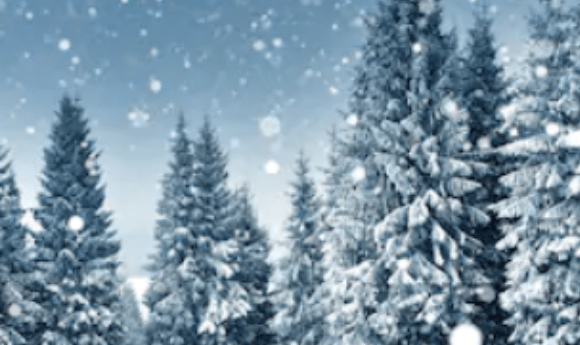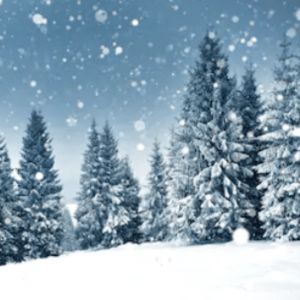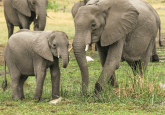We could be facing a Christmas tree crisis

Are we facing a Christmas tree conservation crisis? Biodiversity study finds vital plants are surprisingly poorly conserved.

Data from a new method of measuring plant conservation has shown that a wide range of valuable plants are poorly protected. The list includes plants vital for medicine, shelter and fuel as well as kitchen staples such as coffee, vanilla, chamomile, chocolate and cinnamon plants. Fir trees used for Christmas were also marked as high priority for conservation efforts.
The indicator rated plants from 220 countries on a scale of 1-100, 100 meaning fully conserved. Of the 7000 species of plants evaluated in the study, less than 3% were rated between 75 and 100 and classed as “sufficiently conserved” – a worrying statistic for conservation experts.
“This indicator underscores the urgency to protect the world’s useful wild plants,” commented lead author Colin Khoury from the International Center for Tropical Agriculture (Palmira, Colombia). “The indicator not only helps us measure where countries and the world stand with regard to safeguarding this natural and cultural heritage, but it provides actual information per species that can be used to take action to improve their conservation status.”
Abies nordmanniana, the most popular fir of choice for a Christmas tree, was given a score of 13.5 giving it a classification of high-priority for classification. Only one, the Abies vietchii, of the 13 species of fir tree included in the study was considered low-priority with a score of 59.9. All other species in the Abies genus were medium or high priority.
The coffee plant Coffea liberica and wild ancestor of Coffea arabica were also found to be medium-priority with scores of 32.3 and 33.8 respectively. With 32 coffee species found on the list, none scored higher than 35.5. Theobroma cacao, a wild chocolate plant, also scored poorly with a 35.4.
Plants grown in situ, in protected areas such as national parks, had a surprising average score of 40.7 suggesting that focusing preservation into specific areas doesn’t necessarily work. Climate change and irregular boarders can make preservation in parks less reliable.
“The indicator shows that the network of protected areas around the world is doing something significant for useful plants,” added Khoury. “But if we want to get serious about protecting these species, especially the ones that are vulnerable; we have a long way to go before they are fully protected.”
The indicator was originally designed to measure the progress in conservation efforts as they work towards ambitious 2020 targets. However, the findings, recently published in Ecological Indicators, show that these goals are much further away than previously believed.
Conservation efforts, both in situ and ex situ, vary across countries with big countries such as the US (36.5), Canada (35.5), China (26.3) and India (24.3) lagging behind. The world’s top wild plant conservationists were shown to be South Korea, Botswana, and Chile. In terms of continent, Northern Europe and South America were shown to be the leaders in conservation.
“In a time of worrying global biodiversity loss, the indicator has the potential to encourage conservationists and policymakers to keep tabs on useful wild plant species and to increase efforts to conserve them in situ and in living repositories like gene banks and botanical gardens,” concluded Khoury.




